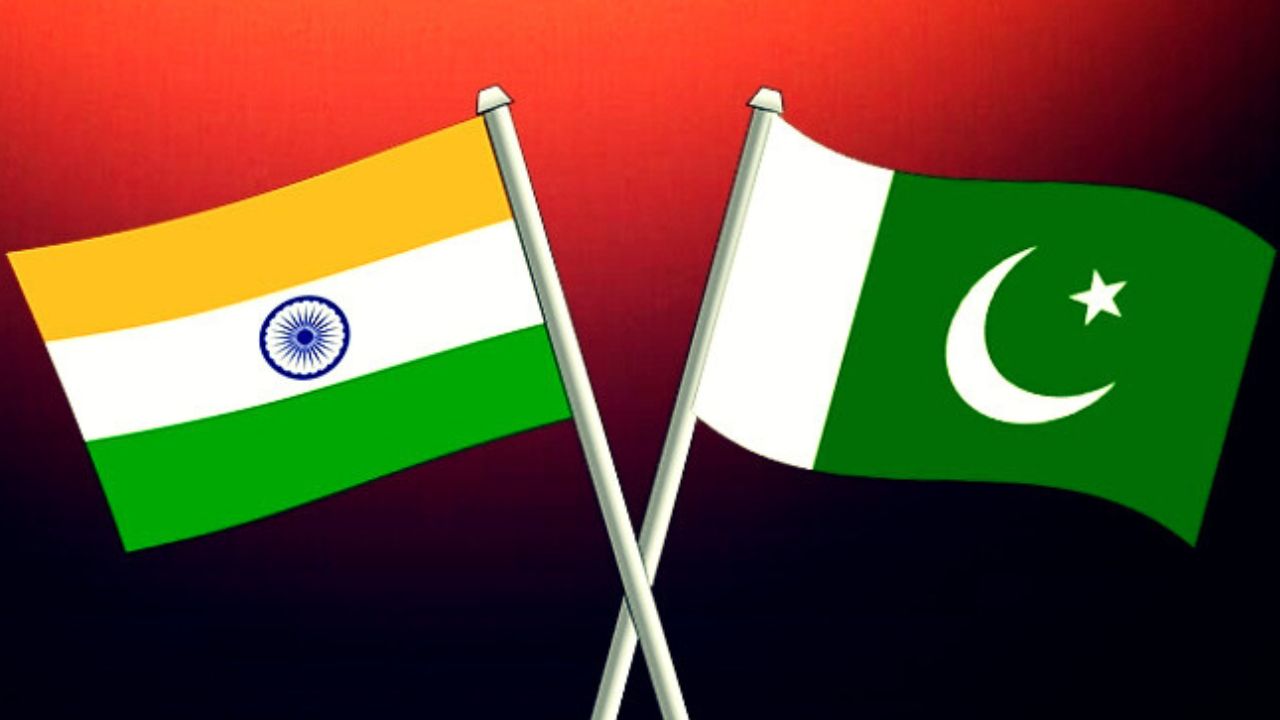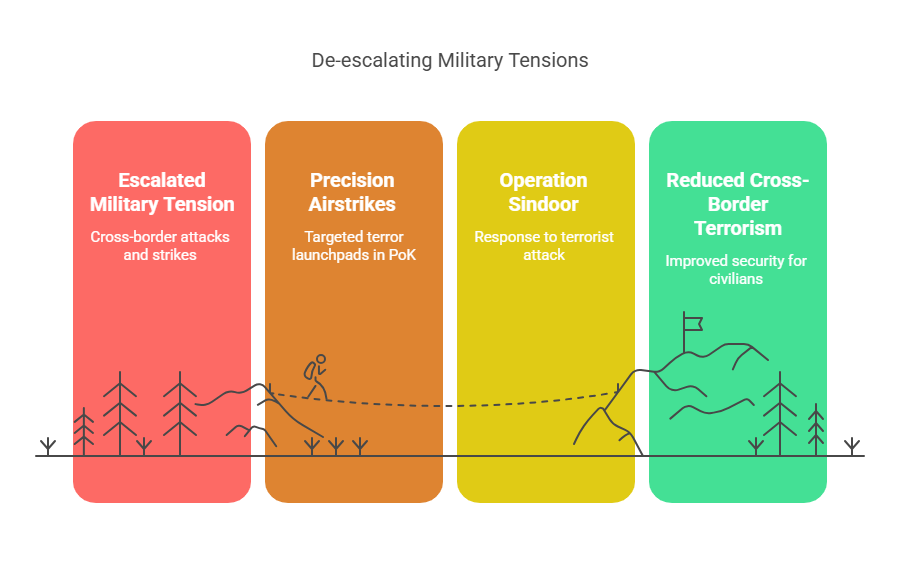Tensions between India and Pakistan have surged dramatically following a series of retaliatory air and missile strikes, with both countries accusing each other of provocative military action. The situation has triggered global concern over the risk of a broader regional conflict between the nuclear-armed neighbors.
Pakistan Alleges Missile and Drone Attacks on Three Key Air Bases
In a hastily arranged press conference held at around 4:00 AM on Saturday (May 10), Pakistan’s military spokesperson Lieutenant General Ahmad Sharif Chaudhry announced that three of Pakistan’s strategic air bases were targeted by Indian missiles and drones.
According to Chaudhry, the Nur Khan Airbase (Chaklala, Rawalpindi), Murid Airbase (Chakwal), and Rafiqui Airbase (Shorkot, Jhang District) came under attack. He stated that these attacks involved air-to-surface missiles reportedly fired by Indian jets, an action he described as a “sinister act by India aimed at pushing the region into a lethal war.”
“India has resorted to naked aggression. All assets of the Pakistan Air Force remain intact, and our air defence systems intercepted several incoming threats,” Lt. Gen. Chaudhry said sternly.
He emphasized that Pakistan would retaliate and urged India to “wait for our response.” The press briefing was concluded abruptly without a Q&A session, suggesting a high-stakes operational scenario unfolding behind the scenes.
Pakistan Launches ‘Operation Bunyan al-Marsous’ in Retaliation
Within minutes of Chaudhry’s statement, state-run broadcaster PTV reported that Pakistan had launched a military operation titled “Operation Bunyan al-Marsous,” meaning “Iron Wall.” The operation, according to military insiders, involved the use of medium-range Fateh-1 missiles, a weapon developed by Pakistan with a reported range of up to 140 kilometers.
Initial reports suggest that the retaliatory strikes targeted multiple sites across Indian territory, though the exact coordinates and damage assessments have not been made public. The Ministry of Defence in Islamabad stated that the operation was a “measured and strategic response to unwarranted Indian aggression.”
Airspace Closed Across Pakistan Amid Ongoing Tensions
In response to the attacks and anticipated military maneuvers, the Pakistan Airport Authority (PAA) issued a NOTAM (Notice to Airmen), announcing the closure of national airspace from 3:15 AM to 12:00 Noon for all types of air traffic. This decision affected several domestic and international flight routes, including overflights typically used by commercial airlines transiting between Europe and Southeast Asia.
The PAA confirmed that further updates would be shared after reassessment at noon, based on operational security conditions and instructions from the National Command Authority.
India’s Airstrikes: A Response to the Pahalgam Terror Attack
The chain of military escalation stems from India’s precision airstrikes carried out on May 8, which targeted terror launchpads in Pakistan and Pakistan-occupied Kashmir (PoK). These strikes were conducted under Operation Sindoor, initiated as a direct response to the April 22 terrorist attack in Pahalgam, Jammu & Kashmir.
That attack, which killed 26 Indian civilians including tourists and security personnel, was believed to have cross-border linkages to Pakistan-based terror outfits. Indian intelligence cited intercepted communications and satellite images linking the attackers to camps in PoK.
Fresh Pakistani Drone Attacks Across Indian States
In a further escalation, Pakistan launched a fresh wave of drone attacks on Friday night, targeting at least 26 locations across India’s northern and western states—ranging from Jammu and Kashmir to Gujarat.
India’s Ministry of Defence confirmed that key civilian and military installations, including the Jammu Airport, were targeted in the attacks. However, the Indian Air Defence Units successfully intercepted most of the drones and missiles before they could inflict major damage.
Security agencies were placed on high alert across border states, and counter-drone operations were activated in Punjab, Rajasthan, Gujarat, and Himachal Pradesh.
National Command Authority Meeting Called in Pakistan
In a sign of the gravity of the situation, Prime Minister Shehbaz Sharif has called an emergency meeting of the National Command Authority (NCA). The NCA oversees Pakistan’s strategic arsenal and national defence policy, especially in scenarios involving nuclear and high-level security threats.
The meeting, which will include top civilian leadership, the Chief of Army Staff, the Air Chief Marshal, and intelligence heads, is expected to formulate Pakistan’s next steps in the ongoing military standoff.
Political analysts speculate that the NCA meeting signals potential long-term strategic posturing, including military and diplomatic countermeasures.
Diplomatic Silence and Global Concerns
As of Saturday morning, both India and Pakistan have refrained from any diplomatic dialogue, even as international observers and major world powers urge restraint and peaceful resolution.
The United Nations, along with G7 countries and regional organizations like SAARC, have expressed serious concern over the growing hostilities. A spokesperson for the United Nations said:
“We urge both parties to de-escalate immediately. Regional peace and civilian safety must be prioritized.”
Meanwhile, social media across both countries has been flooded with patriotic messages, misinformation, and war-related hashtags, prompting digital rights organizations to issue calls for responsible information sharing and fact-checking during the crisis.
What’s Next? High Alert and Watchful Eyes
The situation remains highly volatile. Military experts believe the next 48–72 hours will be critical in determining whether the skirmishes evolve into a prolonged confrontation or scale down with international mediation.
India has not yet officially responded to Pakistan’s retaliation operation. However, senior defence sources suggest that New Delhi is prepared for any further aggression and is continuously monitoring Pakistani troop and missile movement along the Line of Control and International Border.






































